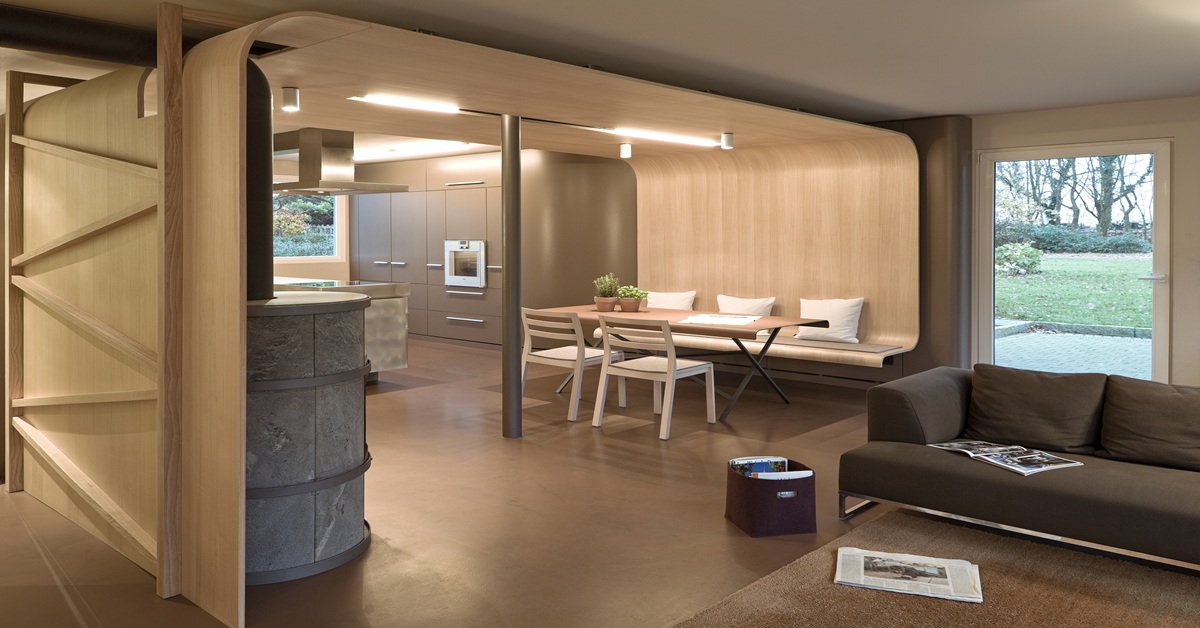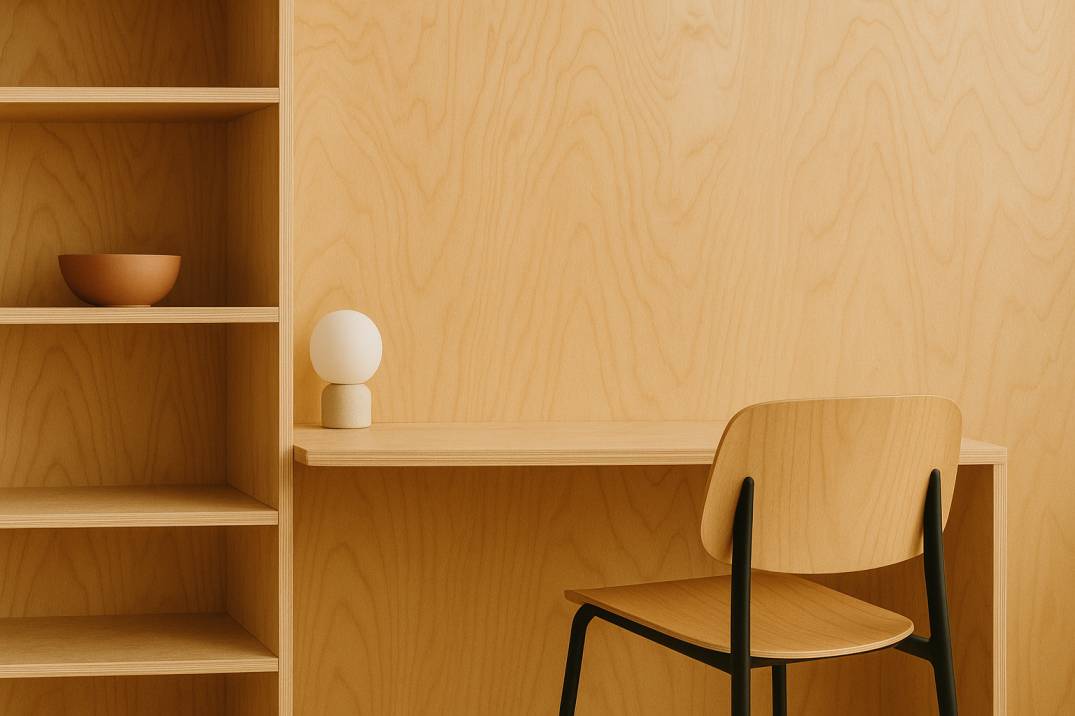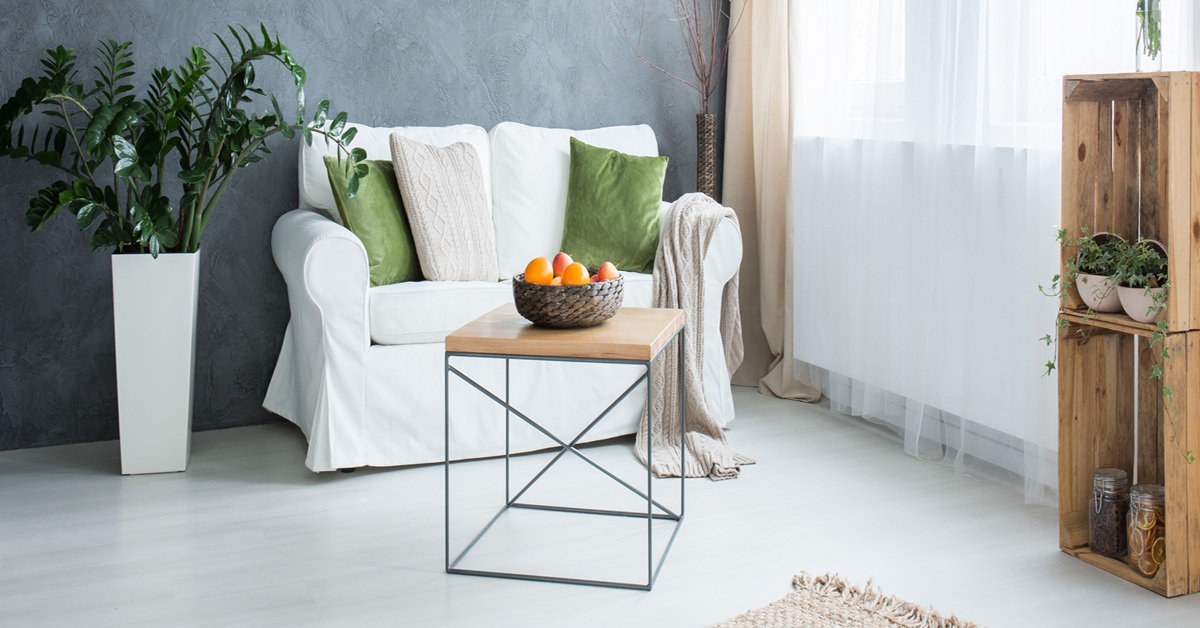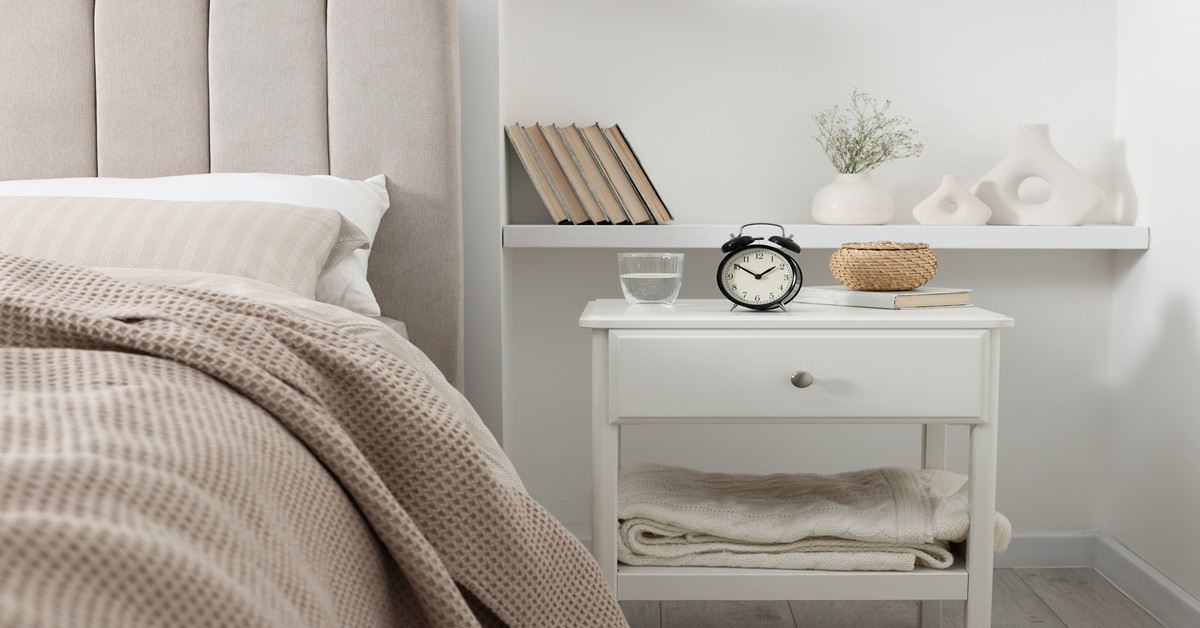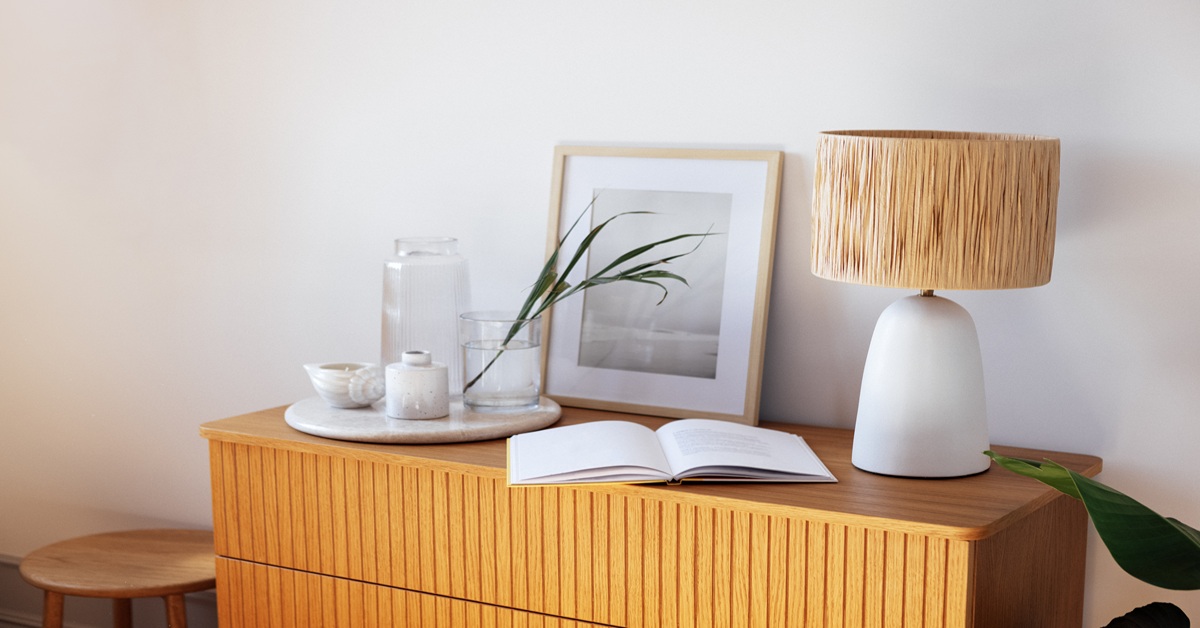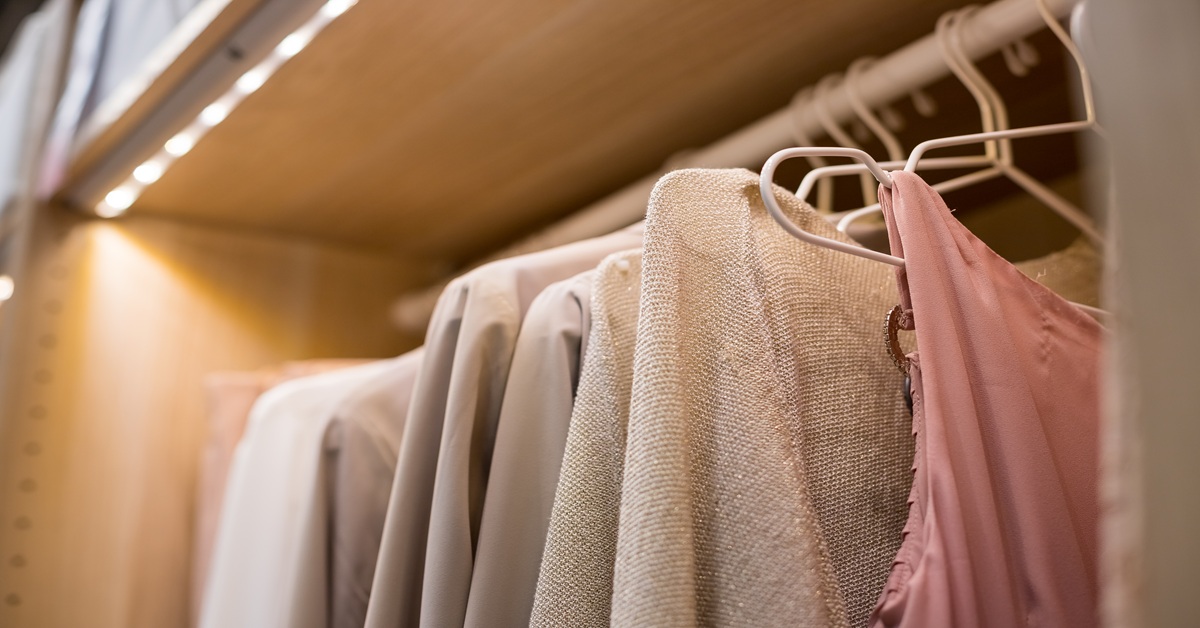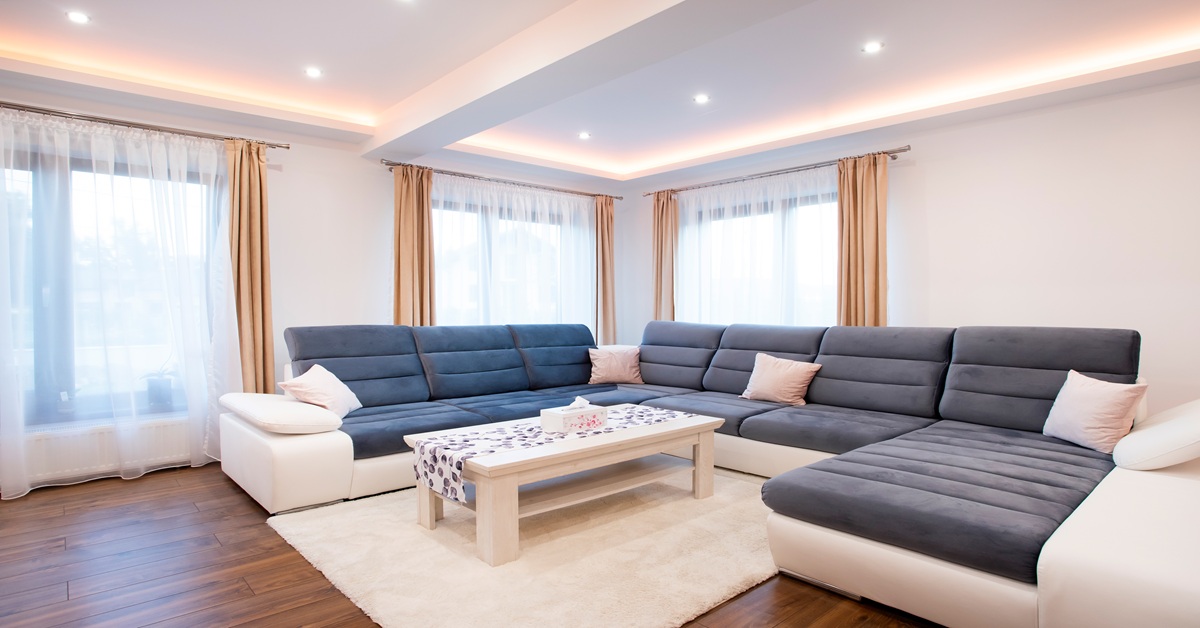When you’re working on a project that requires precision, whether it’s building custom furniture, designing a room, or even crafting something special at home, the materials you choose can make all the difference. Calibrated plywood has become a go-to for many because of how consistent and reliable it is. In this blog, you will learn why these plywoods are so important for getting smooth, precise results and how they can elevate the quality of your projects, no matter how big or small.
Table of Contents
The Key to Flawless Furniture and Construction Work
How Do The Features of Calibrated Plywood Help You
How Advantageous Calibrated Plywoods Are For You
Why Professional Builders and Designers Choose Calibrated Plywood
The Essential Role of Calibration in Modern Wood Applications
The Key to Flawless Furniture and Construction Work
From construction to furniture making, precision is everything. In modular designs and custom cabinetry, minor inconsistencies such as material thickness may lead to noticeable flaws, weak joints, and uneven surfaces, thus making these all the more important to avoid such issues.
The sanding techniques used in the manufacturing process ensure each sheet maintains a uniform thickness. This plays a major role in attaining smooth finishes, strong structural integrity, and perfect alignments, which are vital for furniture and construction. This boosts the strength, durability, and longevity while also maintaining the aesthetic appeal of the final product.
Which is the right calibrated plywood for you? Find out at Wigwam Ply.
How Do The Features of Calibrated Plywood Help You
Choosing the right material is the first step for any successful woodworking and construction project. These plywoods are a popular choice amongst consumers because of its three standout features, i.e., quality, strength, and finish.
- Superior Quality: Each layer of plywood is precisely pressed and sanded for consistent thickness, as a a result of which surface irregularities and unevenness are eliminated, which helps in maintaining a high standard of quality.
- Increased Strength: Because of the accurate thickness and balanced composition, structural integrity increases. This plywood can withstand stress and pressure effectively, regardless of where it is used.
- Flawless Finish: The smooth surface makes it perfect for applying laminates, veneers, paints, or polishes without extensive pre-work. It improves the visual appeal of the final product and reflects the professionalism involved.
How Advantageous Calibrated Plywoods Are For You
These plywoods have unique advantages. As a result of the precise sanding process, they provide a perfectly smooth and even surface for laminating, painting, or polishing. This saves time during finishing stages and reduces the need for extra labour, making the overall manufacturing process more efficient while also enhancing the visual appeal of the final product.
The robust internal structure is the true strength of this plywood. The consistent thickness throughout the entire panel ensures that there are no weak spots without compromising on stability. Whether it’s used for constructing cabinetry and crafting furniture or creating structural frameworks, the strength and durability of the plywood remain intact.
For more information on calibrated plywood, head to Wigwam Ply.
Why Professional Builders and Designers Choose Calibrated Plywood
The quality of raw materials can make or break a project, and because of the features and advantages they offer, it has become a preferred choice in the industry. The uniform thickness, superior strength, and smooth surface make it ideal for projects. Professional builders rely on them as they simplify the construction and fabrication process and facilitate faster assembly, cleaner finishes, and more accurate measurements while speeding up project timelines, saving costs, and reducing waste.
Designers, on the other hand, favour the smoothness and consistency that these plywoods offer over other types of plywood. Applying veneers, laminates, or paints becomes effortless when the surface is even and uniform, ensuring a high-end finish without the need for additional surface work. It allows designers to execute their ideas as they have planned them, without any unexpected flaws or imperfections.
The Essential Role of Calibration in Modern Wood Applications
Precision is no longer an advantage, it is a necessity. In today’s world of woodworking and construction, designs become more sophisticated, and client expectations rise. The need and demand for quality raw materials have never been higher. This is where the calibration process in the manufacturing of plywood plays an important role.
The level of precision exercised to maintain uniform thickness for plywood is critical for modern applications such as modular furniture, architectural panelling, and engineered flooring. Speed and efficiency are crucial to industries, and to keep up with these standards, the time spent on surface preparation because of its features minimises the risk of flaws without compromising quality.
In woodworking and construction, getting things right is as crucial as exercising precision, and calibrated plywood does just that. This special type of plywood stands out because of its uniform thickness, smooth surface, and impressive durability, which makes a difference in the quality of your projects. Whether you’re crafting unique furniture, designing stylish spaces, or constructing structural components, using them helps you achieve a polished finish and sturdy builds while making your work process more efficient and guaranteeing results that meet the highest standards of excellence. In today’s world, where everyone is striving for perfection, investing in these plywoods is an investment in the longevity and craftsmanship of your work.
To learn more about plywood, head to Wigwam Ply.
FAQs
1. How does calibrated plywood differ from regular plywood?
Regular plywood can sometimes have uneven thicknesses, which can affect your projects. On the other hand, calibrated plywood is specially made to ensure a consistent thickness throughout. This uniformity leads to better precision in cutting and a smoother finish for your work.
2. What are the primary uses of calibrated plywood?
Calibrated plywood is a versatile material that’s often used in various projects, like building custom furniture, creating cabinetry, laying down flooring, and designing wall panelling. It’s ideal for any construction or design task that demands a high level of precision, making it a go-to choice for both professionals and DIY enthusiasts alike.
3. Is calibrated plywood more expensive than regular plywood?
This type of plywood indeed tends to be pricier than standard options. This is mainly because of the extra steps involved in making sure it’s uniform and precisely crafted. Still, many people find that the improved quality and efficiency make the investment worth it in the long run.
4. Can calibrated plywood be used for heavy-duty construction?
Absolutely! Calibrated plywood comes in a range of grades and thicknesses, making it a great choice for robust construction projects. When used correctly, it offers excellent strength, stability, and durability.
5. Is calibrated plywood suitable for DIY projects?
Absolutely! If you’re into DIY projects, using calibrated plywood can be a game-changer. Its consistent properties make it a breeze to work with—it’s easy to cut and tends to have smoother surfaces. This means you can get those professional-quality results right from the comfort of your home!

